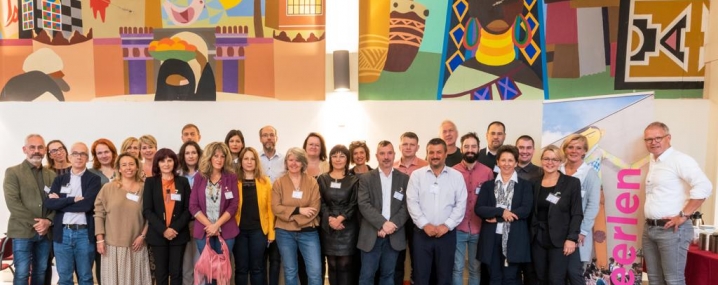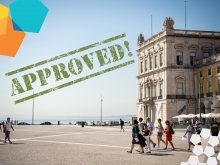Haidari
The main challenges in witch the city has to give a concrete response are the following:
1.- Overcoming physical barriers. The probable construction of underground passages of National road as well as the reformation of corresponding surfaces.
2.- Elevated bridges (Pedestrians) aiming at making easier the National road’s crossing, with elevator facilities for the disabled people.
3.- Development and exploitation of downgraded areas in order that each of the 5 neighbourhoods of the municipality obtains its relative autonomy and to reduce its internal transports.
4.- To increase the homogeneity of the city (in order to cease the picture of 2 speeds’ city) as well as to facilitate city’s accessibility so that the crossing of National Road becomes friendlier for all citizens.
5.- Upgrading and maintenance of the urban and suburban green spaces.
6.- To improve the understanding and the dissemination of historical and cultural elements of the city and actions for the maintenance and safeguarding of cultural heritage
Haidari is confronted with this situation and the need to connect the urban planning with socio-economic and territorial tendencies of their region, and consequently the growth of city model process of change. This means, the transformation to a central city, from city of residence to city of total living.
SOME RELATED NETWORKS
NeT-TOPIC
News



